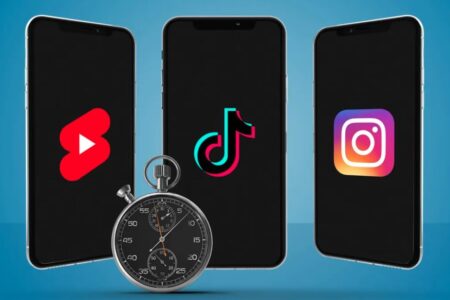When you’re brainstorming a new website, logo, or creatives, how do you decide what colours to use? How can colour affect your mood and how we think about a product? Well, while we might think we formulate all our own thoughts when it comes to purchasing products or services, savvy marketers know a lot of the features within successful campaigns actually triggers our subconscious, influencing the final decision. And one of the leading influencers is, in fact, the colours.
Throughout our lives, we start to associate certain colours with specific emotions and impressions. Marketers can therefore leverage this to help build a desired personality or branding representation within their target market.
But it’s not as easy as one might think.
In this article, the team at Clearwater dive a little deeper into how colour affects psychology, as well as how you can adopt this process in your future digital marketing campaigns.
What Exactly is Colour Psychology in Marketing?
People make purchases based largely on their moods, and colour psychology is the field based on how certain colours will influence human behaviours and emotions. When utilised in marketing, brands must create an appropriate colour palette within their logos and campaigns to impart the desired impression with their target market – not only when launching their offerings and building brand awareness, but on an ongoing basis.
Successful marketing campaigns create a deeper connection between brands and audiences, communicating more than what is explicitly expressed in words or images. It is, therefore, crucial to have a clear understanding of what emotions or messages you would like associated with your brand. Having too many conflicting colours will confuse audiences and leave your intent falling flat. Instead, you want to balance a clear, simple, but direct expression of who your business is and how you can help.
Common Colours Adopted in Marketing Campaigns
Red
The hue of red has different effects on our emotions depending both on the tone and intensity. For example, a soft pinkish red is known to cause feelings of warmth, comfort, and stability, while a darker red is associated with feelings of love, passion, excitement or even aggression. Often red is used in logos by companies who want to convey these positive emotions, such as Cocoa-Cola, Lego and Nintendo.
Red is also a common colour used for a call to action. The energy it provides is similar to a ‘STOP’ sign or those on a traffic light, encouraging readers to halt and examine the piece in full before continuing on.
Blue
One of the more popular colours used in marketing campaigns, Blue is incredibly versatile in conveying feelings of peace and tranquillity, as well as trustfulness, stability and harmony.
This is often adopted by businesses that handle our money or user data, such as banks and payment platforms (e.g. Visa & PayPal), or social media giants like Facebook and Twitter.
Technology is also a product that suppliers want their audiences to know are reliable, efficient and a smart investment, with many companies like Nokia, Dell and Intel utilising blue in their colour schemes to offer trust with their brand.
Conversely, blue can also offer a ‘cold’ trait, both in the literal sense, and with our emotions. Brands that offer products or services around colder climates, such as ski resorts, will often opt for blues, but psychologists can also use blue to help symbolise depression and sadness, relating to those in such a mental state.
Green
Green is interesting, offering a contrast in emotions depending on the receiving audience. As the colour of nature, it provides feelings of growth, health, wealth and fertility. Some people relate this to the environment and physiological wellbeing, but others think of money. For example, Whole Foods are a prominent name in the health and food industry, and utilise green in their branding to tap into the view of nature and wellbeing. And yet, you will also see a range of investment funds and financial services firms utilising green to give the impression of ‘planting’ seeds and watching financial wealth grow.
Yellow
Yellow is most commonly associated with the warm rays of sunshine. Most of us have fond memories of the sun rays beaming down on us from a clear sky, leaving us feeling happy, optimistic and youthful. One of the most famous adopters of yellow in their branding is McDonald’s. In fact, as we drive along the street and come to pass one of their countless franchises, we are more likely to process the colour before the shape of the big ‘M’, being immediately flooded with happiness and a sense of enjoyment, making it so much harder to drive on (especially with children in the back).
Establish Appropriate Colour Psychology with Your Marketing from Clearwater
Every colour and shade has its own effect, especially when used in conjunction with others. To ensure that your overall digital marketing strategy is well constructed with appropriate and effective colour psychology, reach out for advice from our experienced marketers at Clearwater today.



